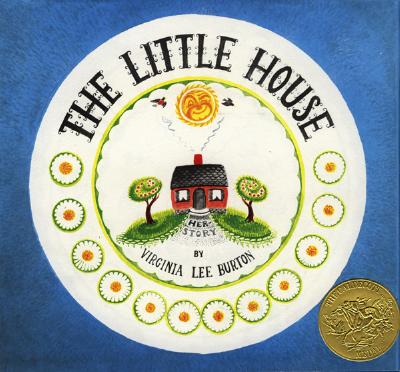czsz
Senior Member
- Joined
- Jan 12, 2007
- Messages
- 6,043
- Reaction score
- 7
^ I like FHM but what would truly make it exceptional IMO would be better integration with the surrounding city and especially with spots frequented by locals. Right now it's effectively the "colonial history superblock" that 60s planners wanted at the heart of a Boston of more modern ones. We dodged a bullet by avoiding the redevelopment of the rest of the Shawmut peninsula, but City Hall Plaza + the commercial skyscrapers to the south + the width of the surrounding streets effectively isolate the space in the same way that was envisioned.
Somewhere around here ablarc also articulated an interesting critique based on the fact that the market originally had an upscale, artisanal vibe that attracted a healthy mix of locals that has since declined as the place has been overtaken by tourist trinketry. A more careful curation of retail could help.
Somewhere around here ablarc also articulated an interesting critique based on the fact that the market originally had an upscale, artisanal vibe that attracted a healthy mix of locals that has since declined as the place has been overtaken by tourist trinketry. A more careful curation of retail could help.

